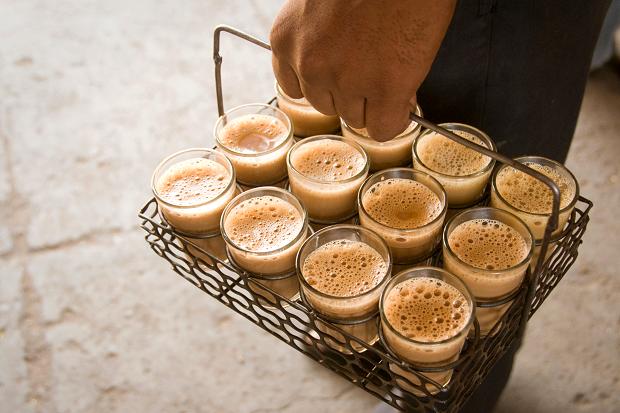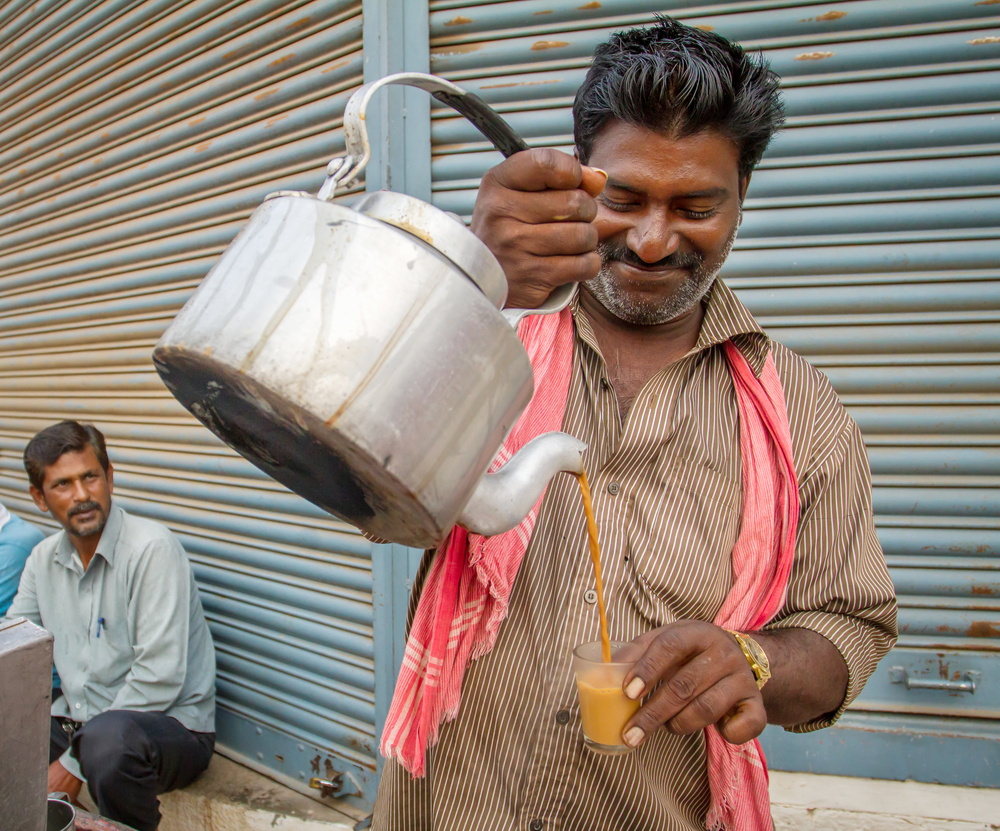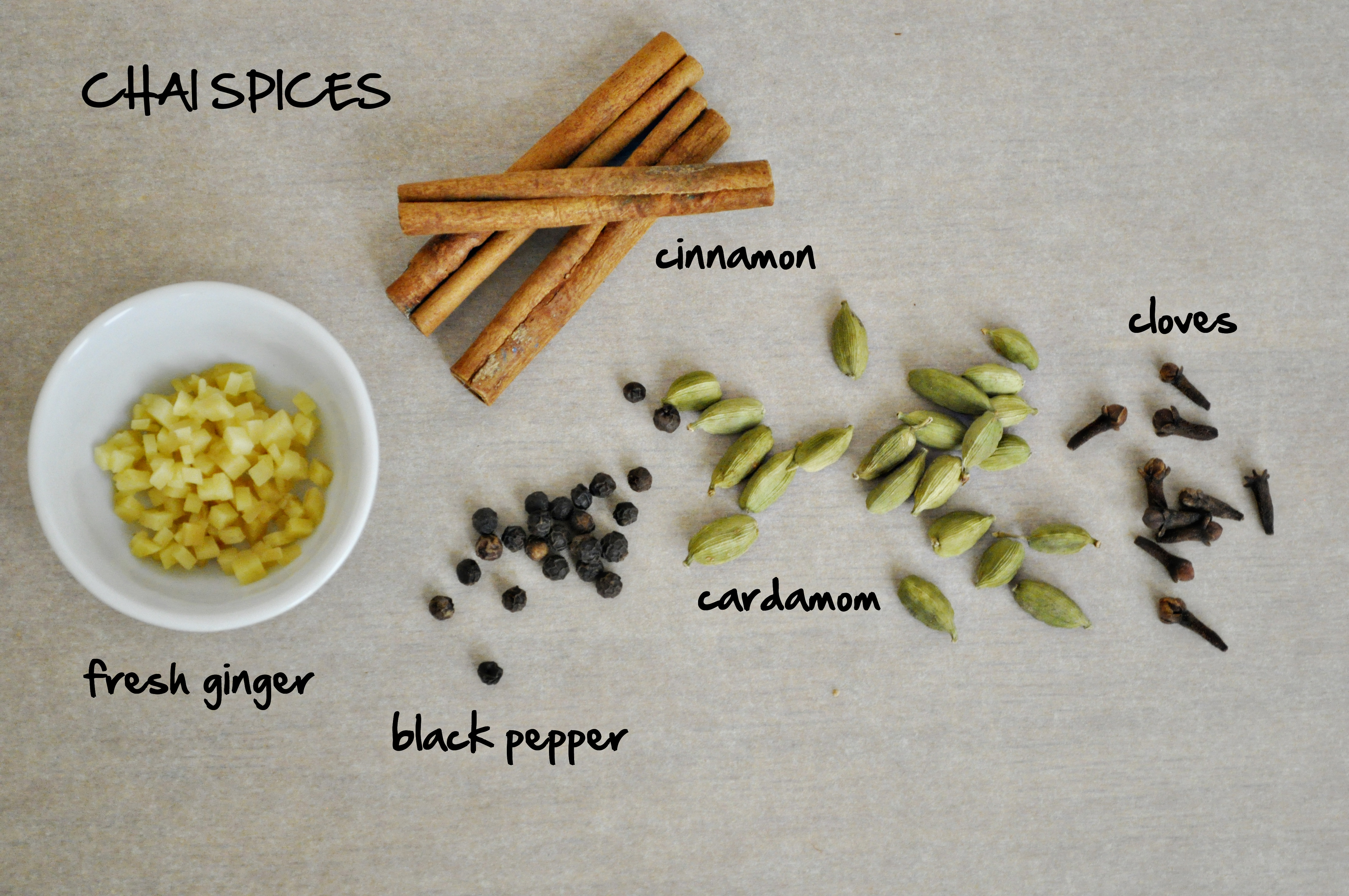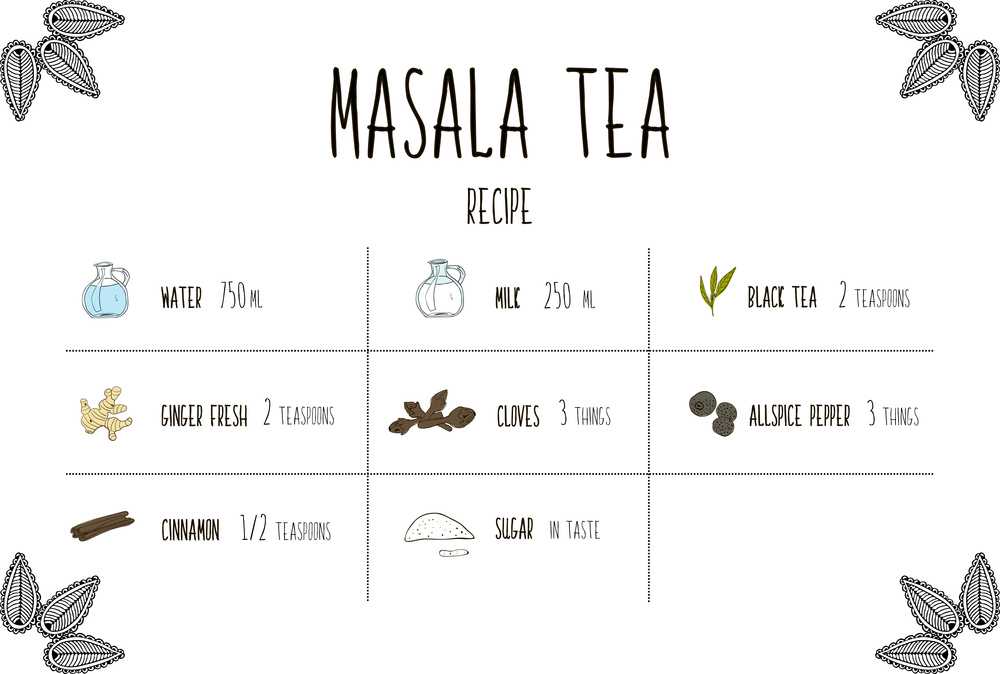Tea Time: Lessons in Chai
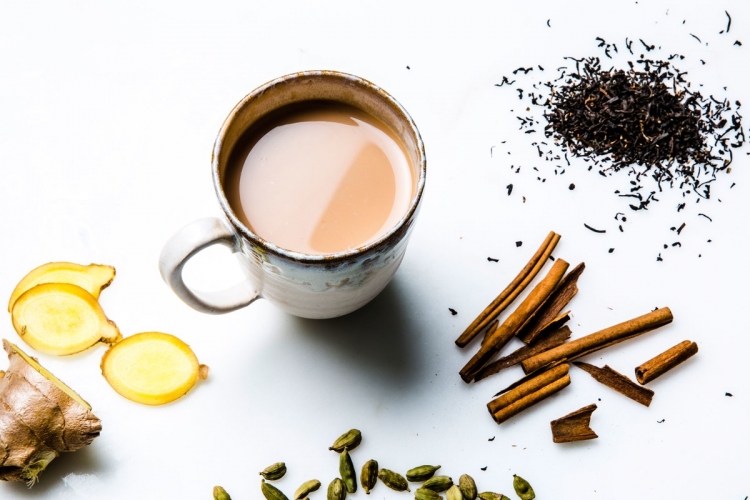
When you take a sip of chai, you are drinking a brew rich in history, tradition and hospitality that traces its origins back thousands of years to ancient India.
According to popular folklore, some 5,000 years ago a king commissioned the creation of chai as an Ayurvedic healing beverage. Other chai origin stories claim it was actually the British who introduced tea to India after establishing plantations in the northeast parts to avoid the high cost of Chinese tea. It's said that they gifted the tea to factory owners (who then gave it to their workers), thus creating a love and addiction to the drink among workmen.
That's still where you'll find the workmen of India today, gathered at chai stalls along every street and narrow dirt road throughout every part of India. These days, however, the love of chai spans class and socioeconomic status. Chai is the most important ingredient in India hospitality. Young, old, rich, poor — all use it to welcome guests, celebrate, mourn, wake up to, go to bed or whenever the desire for the spiced sweet brew strikes.
Street chai served in small glass cups out of this special tea carrier. Image Credit: Indique
The power of chai does not stop with its complex history and comforting flavors. It is a tool for turning strangers into friends, a medium for gossip, and a cultural pastime.
While authentic chai has many imitations — some in major coffee chains, some in weak-flavored 'masala chai' tea blends — once you've had the real stuff, prepared fresh with milk, black tea and fresh spices, you will instantly realize that what you were drinking before was likely an overly sweet, imbalanced faux chai.
Chai wallah pours tea at his stall in Mysore, India. Image Credit: Shutterstock
The recipes for chai are many as are the methods for preparation and presentation. Just as there were coffeemen — those with the skill and knowledge to properly prepare coffee when it was first imported from eastern to western parts of the world — there are chai wallahs. There are so many chai wallahs in fact that they sparked the creation of the blog Chai Wallahs of India which offers us a look at the men behind the stalls. And if you're looking to cut your caffeine addiction, chai is the perfect choice. The ratio of caffeine in chai versus coffee is 3:1, 5:1 or 6:1 with stronger brews, so you'll still get a fix while relieving yourself from the nauseating cycle of caffeine jolt and crash.
Common chai spices. Image Credit: Tomato Tango
The word chai means "tea" (therefore, "chai tea" is redundant) and most commonly refers to the concoction more accurately called masala chai. Whatever you call it (chai, chai tea, chai latte, chai tea latte) the blend of spices should be the core four: ginger, cardamom, cinnamon and clove (star anise optional). You'll find many takes on the recipe, which can include black peppercorns, fennel seeds, coriander among others depending on your location but the aforementioned four are the classic combination.
More than that, there are far better reasons to imbibe chai over coffee. According to Ayurveda, the spices in chai are calming, vitalizing and mentally clarifying. If those reasons sound hippy-dippy to you, health benefits of chai include:
- Anti-inflammatory properties. Ginger and clove work alone and together to prevent inflammation which is incredibly damaging to the body and increases risk of disease.
- Energy. The melange of spices in chai as well as the tannins (they're not just in wine!) naturally help calm the body and beat fatigue so effectively even Olympic athletes reach for it.
- Immune system booster. The combination of clove, cinnamon and cardamom is antibacterial, anti fungal and antiparasitic, important in fighting illness and infection.
- Digestion regulation. Chai is a wonderful digestive and while normally highly acidic, ginger counteracts that and makes it calming for the stomach.
- Heart health. Black tea, the main tea leaf in chai, is rich in antioxidants while clove and cardamom help lower bad cholesterol and improve good cholesterol therefore reducing the amount plaque in the arteries. The tannins also help to regulate your heart rate and blood pressure.
- Metabolism boost. Chai keeps your digestive system running in top shape while being an Ayurvedic food known to generate heat which increases metabolism.
- Diabetes/Alzheimer's prevention. Clove, cinnamon and cardamom lower blood sugar levels and cinnamon also keeps the mind sharp.
- PMS relief. Chai not only calms your nerves and makes you happy but it also relaxes the muscles and acts as nature's painkiller.
So in the spirit of hygge, this increasingly cold weather and for the love of chai, have a cup next time you're craving something new and simultaneously familiar. The best way is to buy fresh from the bulk section of a local Indian store.
If you're in Paris, VS Cash & Carry and l'Epicerie Indienne are both sources. If buying the raw spices seems like a commitment, pick up "masala chai" tea bags from one of the large and well known Indian tea brands such as Brooke Bond or Pataka, though Tetley is my favorite. Their blend is smooth with a subtle sweetness so you needn't worry about adding anything besides the tea bag to your pot. I take my cup with almond milk and rice cakes in the morning. A new world/old world breakfast that hits the spot these chilly Paris mornings.
Simple chai recipe. Image Credit: Shutterstock.
While chai can sound intimidating, it's shockingly simple. Try the recipe above or hack your way to a warm cup with a masala chai tea bag. Either way, enjoy.

